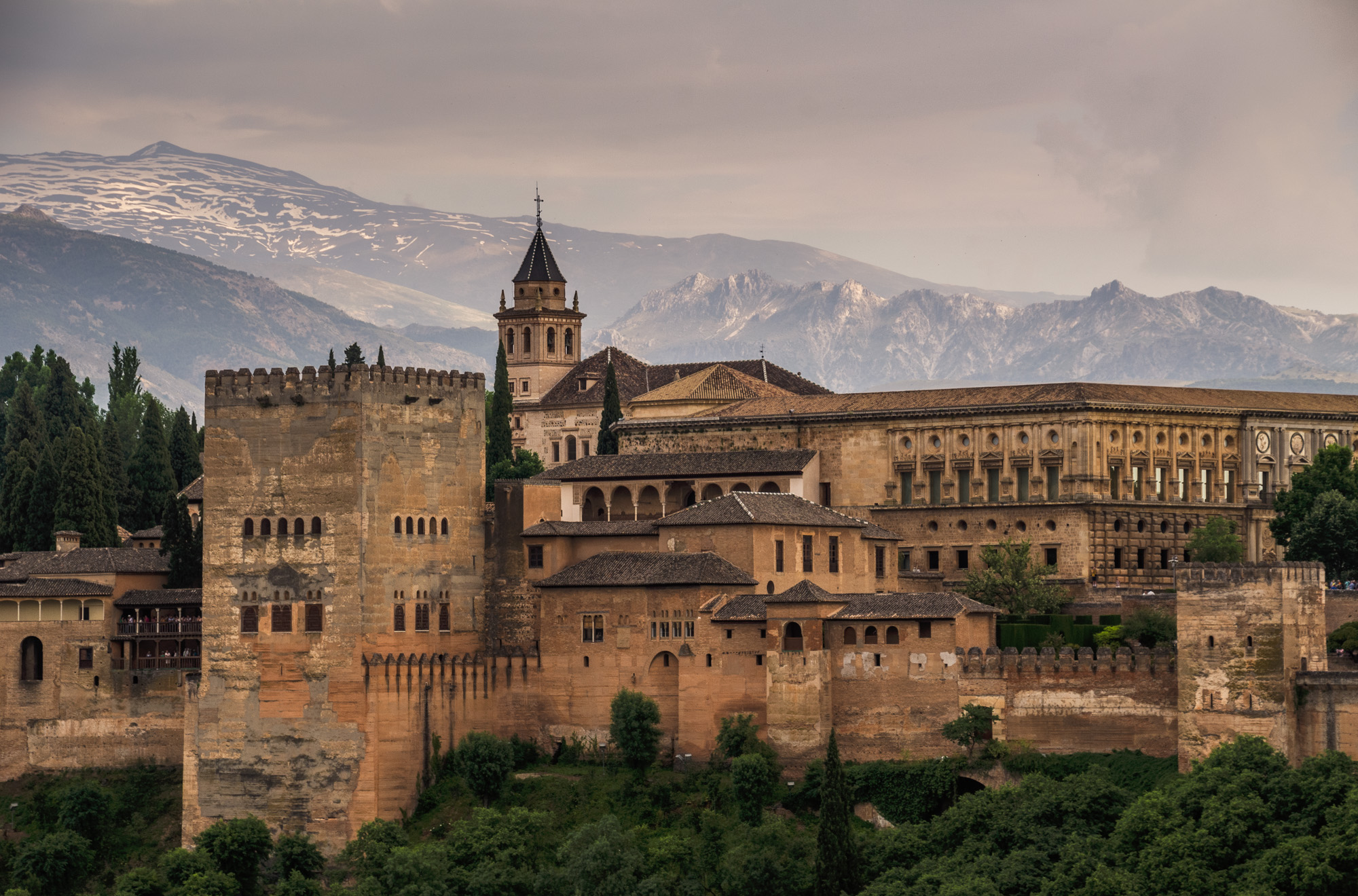When Michael C. Snell describes what it takes to be a successful travel photographer, he says it is a job that requires the artist to be a bit of a jack-of-all-trades. Snell fits this mold perfectly, as his professional background as an art director and graphic designer complimented his love of photography that was instilled in him during his early childhood.
More than 25 years after Snell started taking on travel photography assignments, the Tamron Image Master has had his photographs appear in National Geographic publications, Travel+Leisure, Moon Handbooks, USA Today and countless others.
On his website, Snell expands on his belief that a travel photographer must be a jack-of-all-trades. “Travel Photography can encompass portrait, architectural, landscape, food and street photography, often all within the space of a few hours. It’s a field that requires flexibility, patience and — above all else — a curiosity about the world around you.”
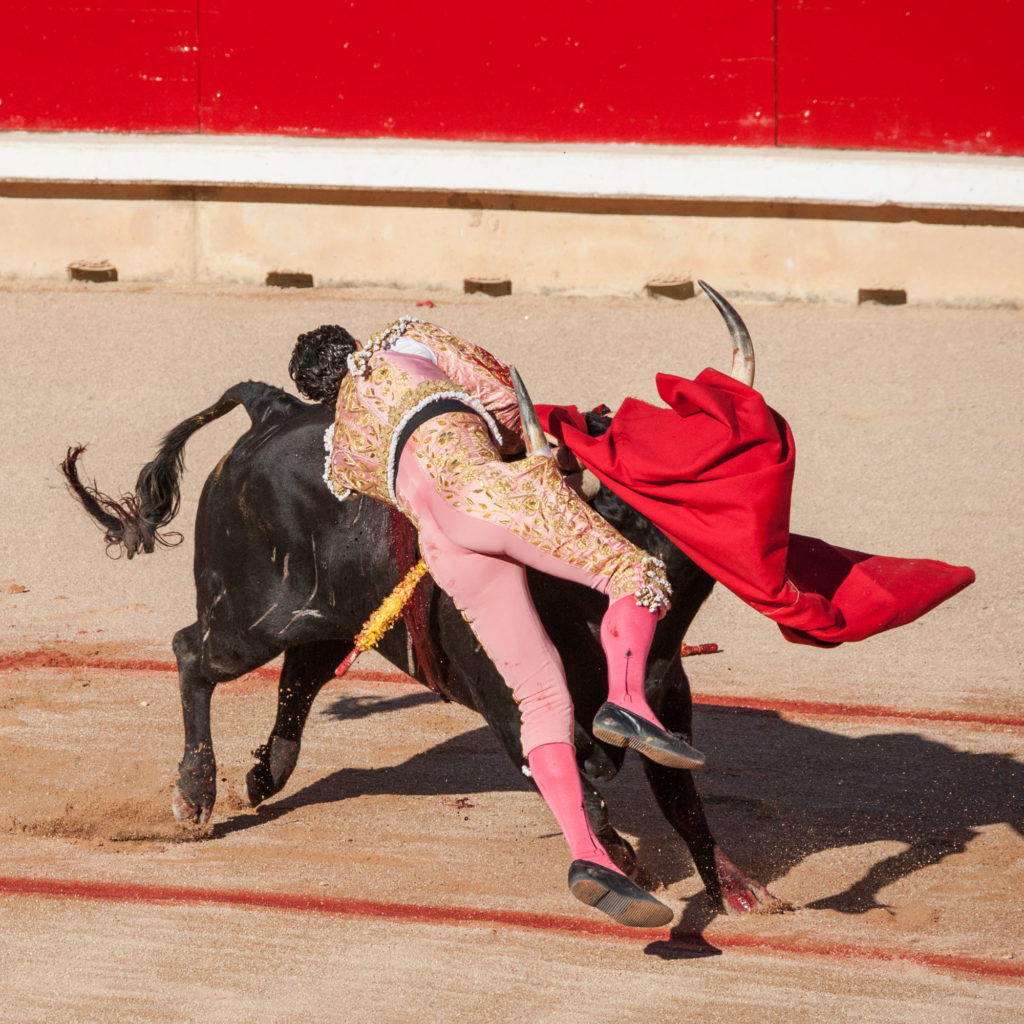
Bullfighting is controversial in many parts of the world, but it is still an important feature of Pamplona’s Festival of San Fermin. The bulls that are run through the street each morning are found in the bullring that evening. Here one manages to make contact with a bullfighter, lifting him into the air with his horn. The bullfighter was not badly injured and finished the fight. Nikon D700, Tamron 150-600@460mm, ISO 800, f/9, 1/3200 sec.
We sat down with Snell to discuss his curiosity about the world around him, his most rewarding photography locations and his inspiration.
Resource Travel: It seems like you realized your love for the visual arts at a young age, choosing to get your Bachelor degree in Visual Communications. After spending 12 years as an art director, what was the turning point that made your creative mind turn towards story telling through photography?
I had been taking photos since I was just a kid and it remained a hobby as I pursued a career in graphic design. As an art director on tourism accounts and on various publications, I was working with a lot of photographers and honing my photo editing skills. By that, I don’t mean my skills at editing photos in Photoshop, but editing in terms of deciding what images worked best in different layouts and how to sequence them.
As time moved on, I was being moved up in the agency world and my job was becoming more administrative. I finally made the decision to leave so that I could work with smaller clients of my own choosing and continue to be more hands-on with the design work. Some of the photographers that I had been working with also encouraged me to start licensing some of my own images. Their help was critical to me understanding the world of stock photography.
To this day, I am still doing both design and photography. Sometimes both on the same project, and sometimes just one or the other. My design background has definitely influenced my photography. I tend to frame a lot of images with a future layout in mind — leaving room for blocks of text, shooting verticals for covers, etc.
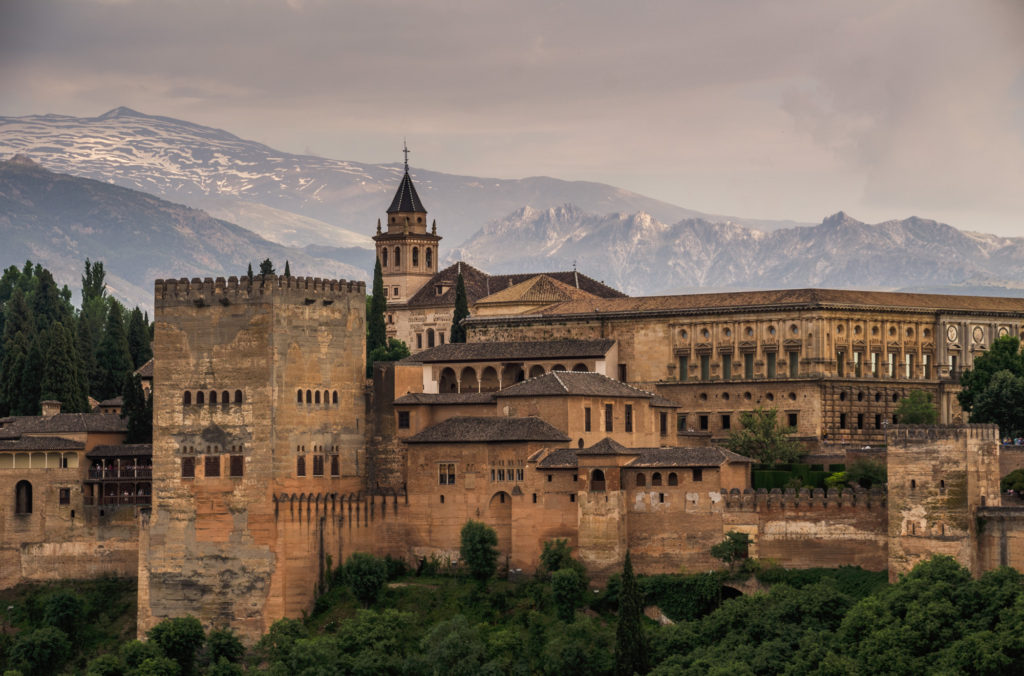
This image of the Alhambra was shot from a popular overlook in Granada, Spain. I returned to this spot a few times to try and get better weather but, in the end, I tend to prefer this overcast version for its mood. A sunny day is not always the best for some subjects. Nikon D7000, Tamron 18-270@92mm, ISO 400, f/8, 1/200 sec.
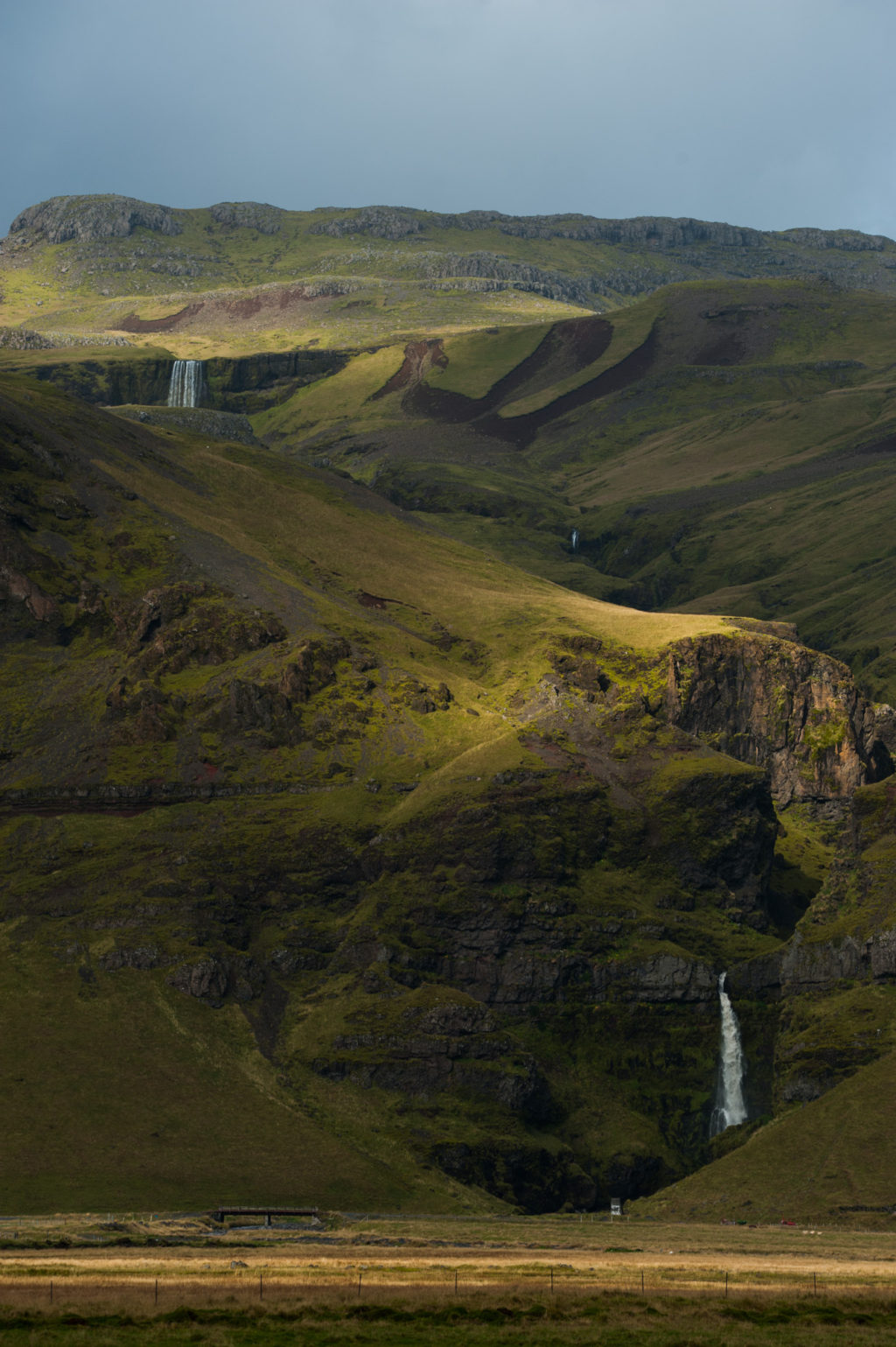
Iceland’s landscape is so immense that you often want to use a wide-angle to try and get it all in. I found that, at least in this case, a telephoto shot told the story better by compressing the landscape and creating some scale between the two, distant waterfalls. Nikon D700, Tamron 150-600@220mm, ISO 400, f/8, 1/500 sec.
Resource Travel: Being a travel photographer myself, I know how difficult of a question this can be. But out of all of your travels, what did you find to be your most rewarding location, photography wise?
It’s the question “what is your favorite place?” that is most difficult for me but you’ve made it easier by asking which place has been “most rewarding” “photography-wise.” That’s maybe a bit more measurable. In terms of photography, a trip can be rewarding for a lot of reasons. The location has a lot to do with it, but it could also be that you had spectacular weather, or good traveling companions, etc. Lots of things go into a successful photo expedition.
When I think about my most rewarding or successful trip, I often go back to a trip I made to Thailand in 2010 — and it’s largely due to color. Thailand is a very colorful place to begin with and they happened to be burning in the fields when I was there which softened and warmed the light as it filtered through the smoke in the air. Plus Thailand was exotic and new to me. That’s always fun and I love to explore places that surprise me around every turn. If I counted up shots that I felt were really successful, that trip probably had more than most.
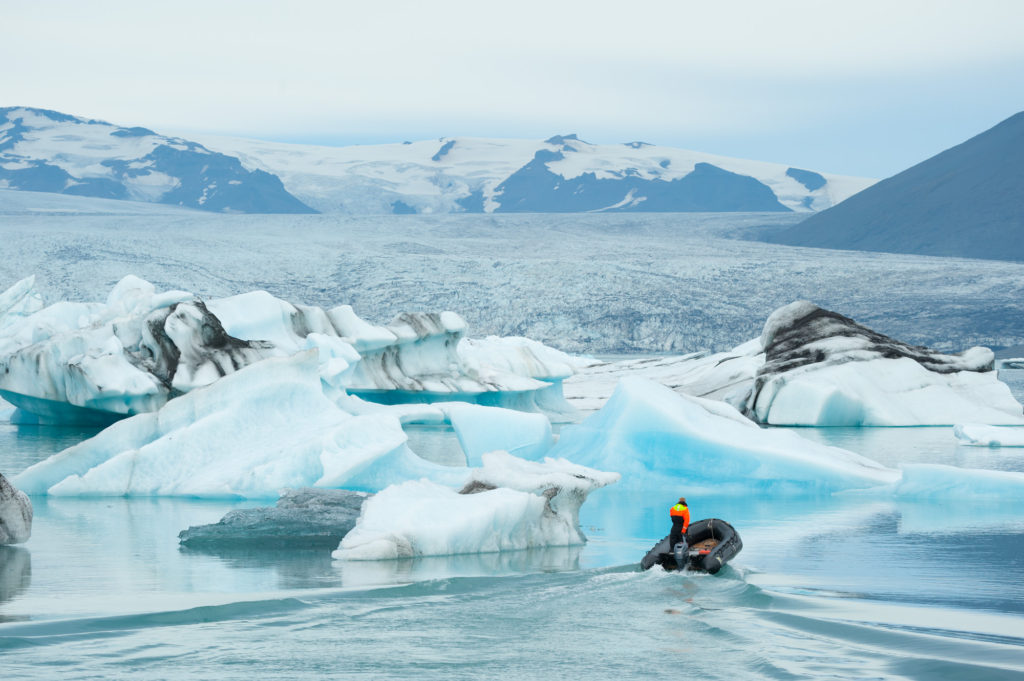
Jokulsarlon, the iceberg lagoon on the south coast of Iceland, is a stunning landscape of ever-changing shapes and color. I liked the zodiac driver’s orange vest in contrast to the luminous blues of the ice and the small boat provided a reference for scale. Nikon D700, Tamron 150-600@150mm, ISO 400, f/8, 1/800 sec.
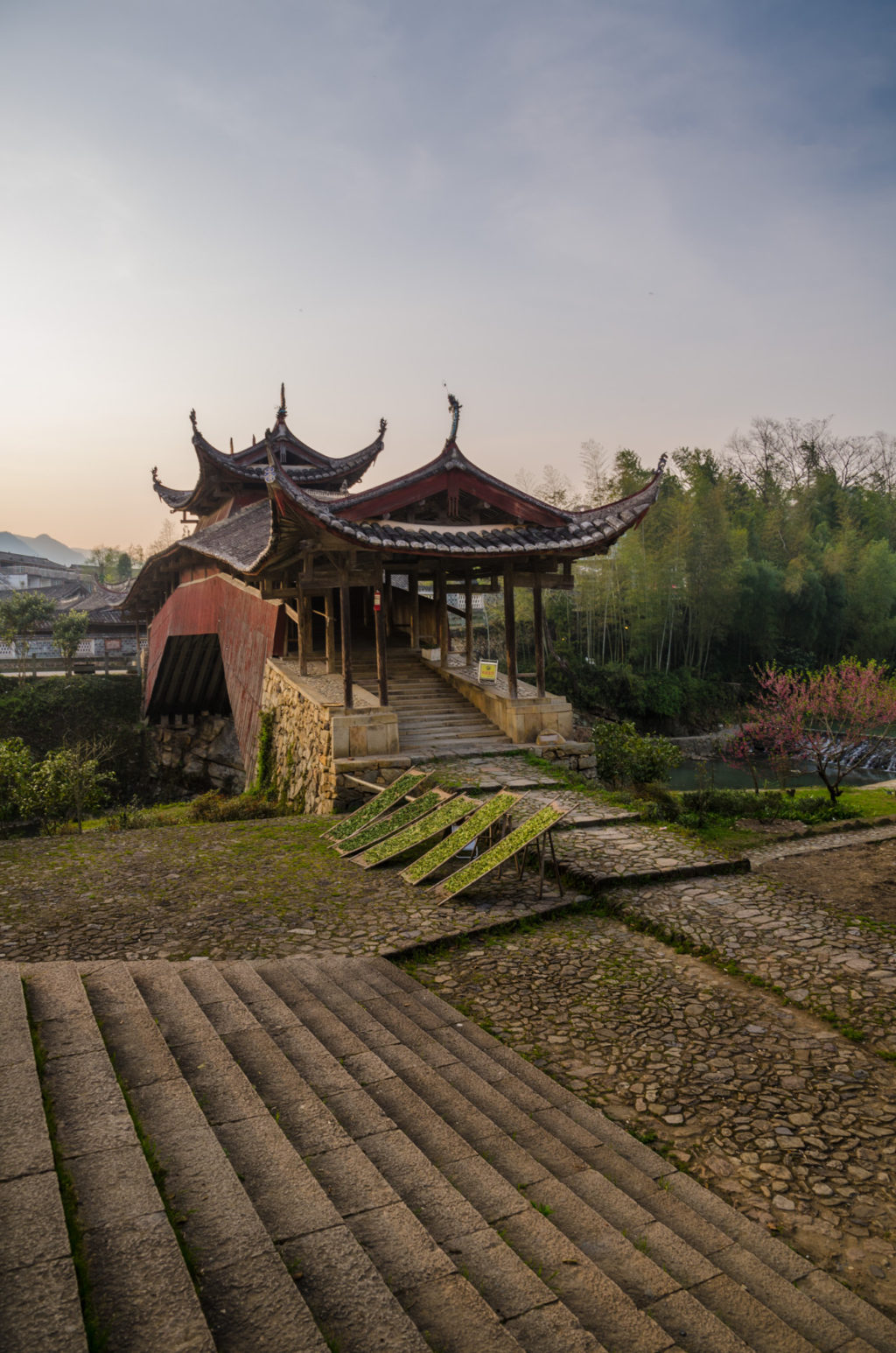
The area around Taishun, China, boasts several of these amazing covered bridges. The soft, warm light at the end of the day makes the weathered red paint glow. Nikon D7000, Tamron 16-300@16mm, ISO 100, f/5.6, 1/200 sec.
Resource Travel: Like the rest of the world, I am sure you have a bucket list. If you had a free ticket to anywhere in the world, leaving tomorrow, where would you go and why?
Honestly, I don’t really have a bucket list. At least not in terms of a finite list of things I just want to be able to check off before I die. The realities of my work mean that I don’t often get to choose where I’ll go next, it will just be the next place that offers me the opportunity. And, even if a destination was never on my radar, I will almost always find it fascinating. For me, it’s the travel itself — the exploration — almost more than the place. That said, if I had my choice, I do tend to prefer cooler climates. If I found myself with a free airline ticket to anywhere that I had to use tomorrow, I’d probably head for the Lofoten islands in Norway, or the Outer Hebrides of Scotland, Shetland, the Faroe Islands… maybe I do have a list!
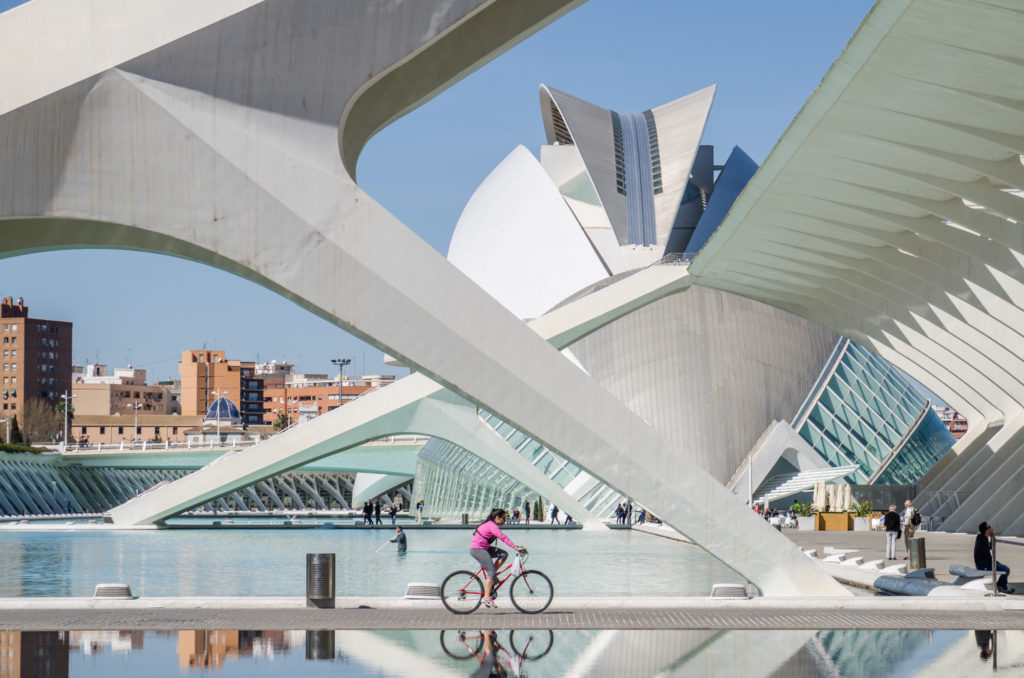
When the city of Valencia, Spain, re-routed the river that bisected it, the original riverbed was reclaimed for gardens and modern architectural masterpieces to house museums and concert halls. Waiting for the bicycle to complete this frame provided a needed pop of contrasting color and interest. Nikon D7000, Tamron 16-300@86mm, ISO 100, f/8, 1/500 sec.
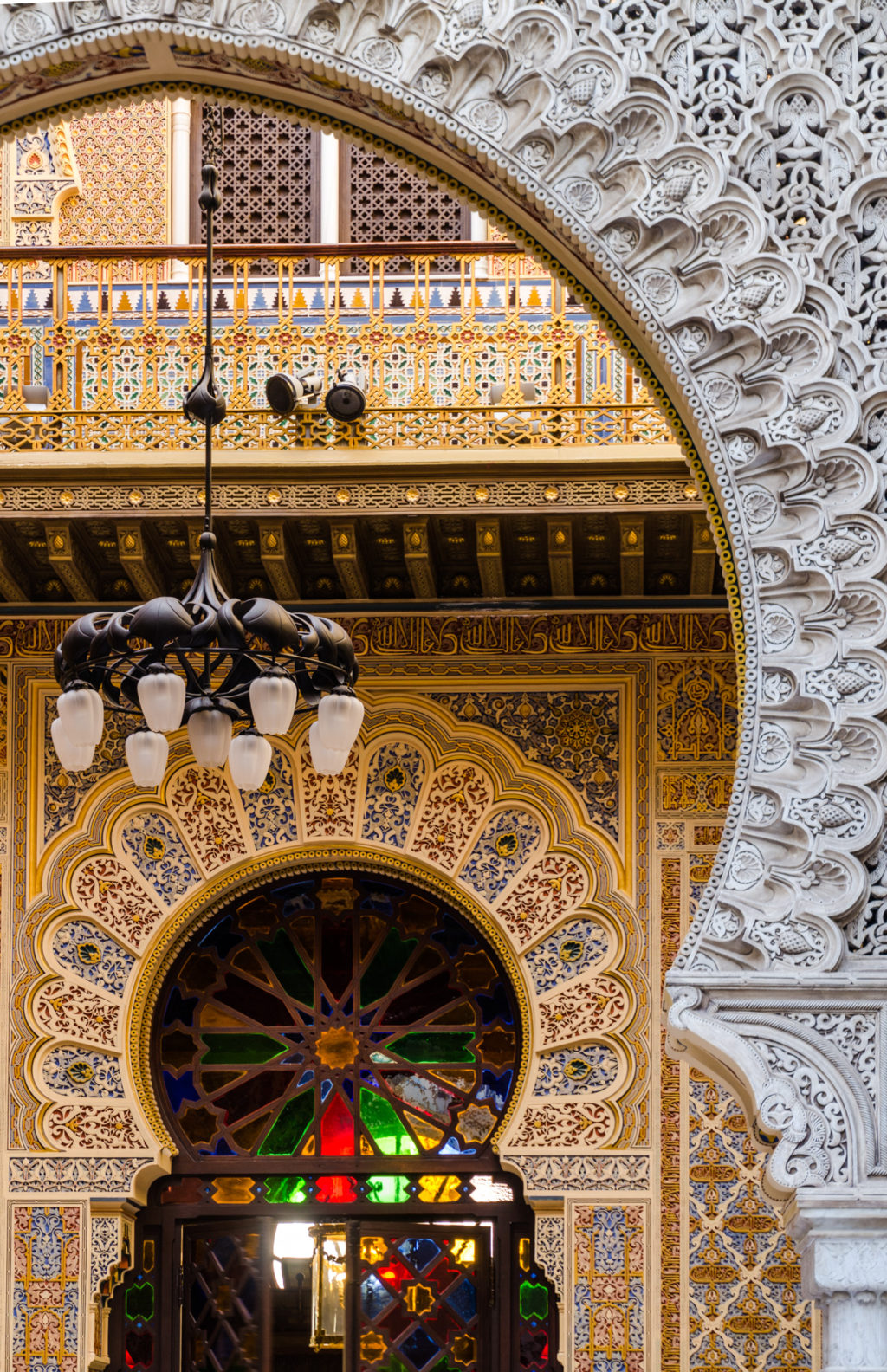
The casino in Cartagena, Spain, borrows the rich detail of the early moorish architecture of the region and provides a wonderful textural study for photography. Nikon D7000, Tamron 16-300@52mm, ISO 400, f/5, 1/30 sec.
Resource Travel: What was the most difficult moment in all of your travels? Maybe a time where you didn’t feel safe, or where everything just seems to have gone wrong? Have you ever faced such difficulty you ever found yourself just wanting to be back home?
Happily, I don’t find myself in too many unsafe situations. Unlike shooting in war zones or doing other high-risk reportage, travel photography tends to take you to places that want you there. When done right, it’s a mutually beneficial relationship between the photographer and the destination. My goal is to make interesting, compelling, beautiful images of a place that other people will see, and that may inspire them to visit. Travel is a major industry in many parts of the world and destinations that rely on travel want more travelers. I do my best to inspire them to go.
That said, if you’re not welcome — or if you make yourself unwelcome by not understanding the local culture — then you may walk into a bad situation. Being aware and doing your homework before traveling prevents a lot of these issues. Find out what legally can and can’t be photographed in a new location before visiting. If someone doesn’t appear to want to be photographed, don’t push it. Be respectful. And be aware of your surroundings at all times.
Equipment failures can be another type of difficult situation and I do my best to avoid those by carrying back-up equipment and duplicate hard drives that I can off-load images to frequently.
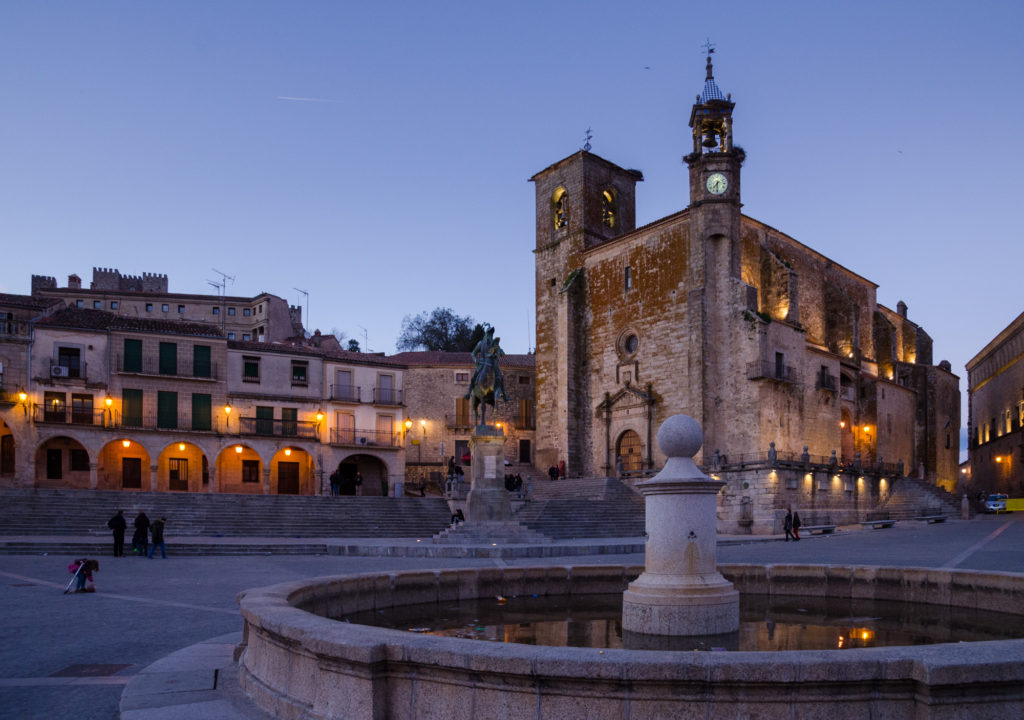
Trujillo is one of my favorite cities in Spain. The plaza mayor transports you back to the 17th century and is especially enchanting at twilight. Nikon D7000, Tamron 16-300@16mm, ISO 800, f/5, 1/60 sec.
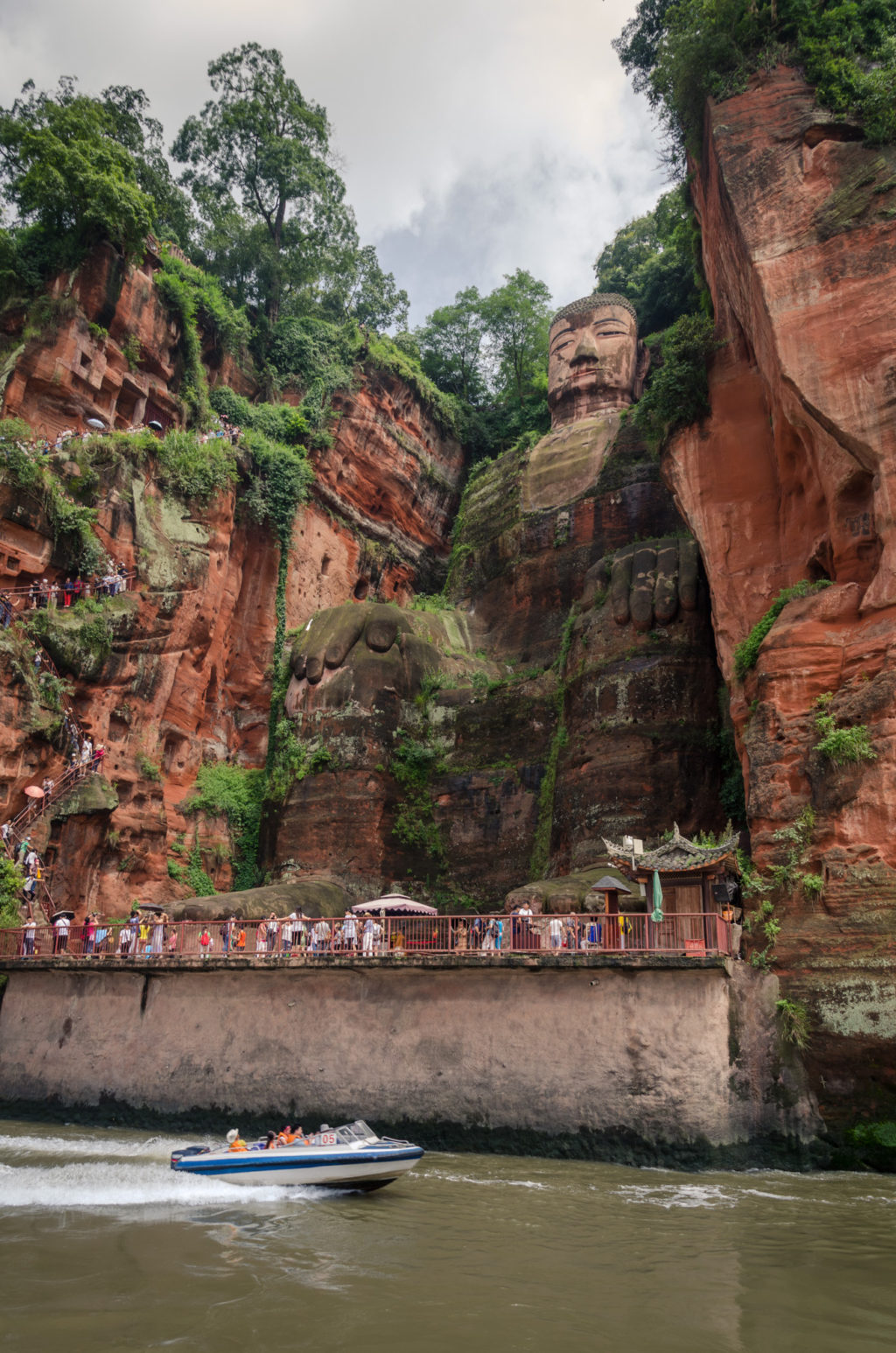
The Giant Buddha of Leshan provided a challenge in terms of showing scale. I was shooting from a boat in the river and had no control over my position so the wide end of my Tamron 16-300 provided just enough field of view to get the tourists and the speedboat into frame to show the size of the giant sculpture. Nikon D7000, Tamron 16-300@16mm, ISO 200, f/7.1, 1/320 sec.
Resource Travel: How do you find inspiration for your travel photography? What is it that inspires you to sit through long flights, delays and layovers and be away from your family and friends?
Inspiration is generally not much of a problem for me if I’m in a new place. I love to explore and discover. If it’s a place that’s remarkably different from home, I love seeking out those differences and focussing on them. If I’m shooting at home or somewhere else that I’ve been many times before, then I try and take new approaches — use a different lens or maybe look for images that might work in black and white. Looking for new angles or viewpoints is always good, too. I especially like looking for rooftops that I can access for surprising views.
If I’m in one place for a few days, I’ll often shoot the first day with a zoom lens like the Tamron 16-300 that gives me nearly every option in one, compact package. I’ll wander and explore, shooting wide and telephoto as the shots present themselves. If I feel like I have good coverage already, then I’ll head out on day two with a different lens — maybe my Tamron 45mm prime or 90mm macro. By limiting myself to that one angle of view, I look at a place in an entirely different way. I can walk the exact same streets and see them completely differently.
As for getting through those long flights, etc. — that’s a tougher challenge. Thankfully the entertainment systems have gotten much better on planes, or you can take an iPad loaded with books, movies, etc. to pass the time. On the flight home, I might try and work on my images but I typically find it impossible unless I’ve found myself upgraded out of the tight economy seating (which rarely happens).
In between flights, lounges can be really helpful. Some have showers and nap areas but nearly all at least have better seating and more outlets than what’s available at the gate. I have to keep reminding myself, however, how lucky we are to live at a time when travel is as fast and convenient as it is. If you really think about it, it’s hard to complain about a 12-hour flight or a 5-hour layover when it used to take days, or even months, to make some of these trips.
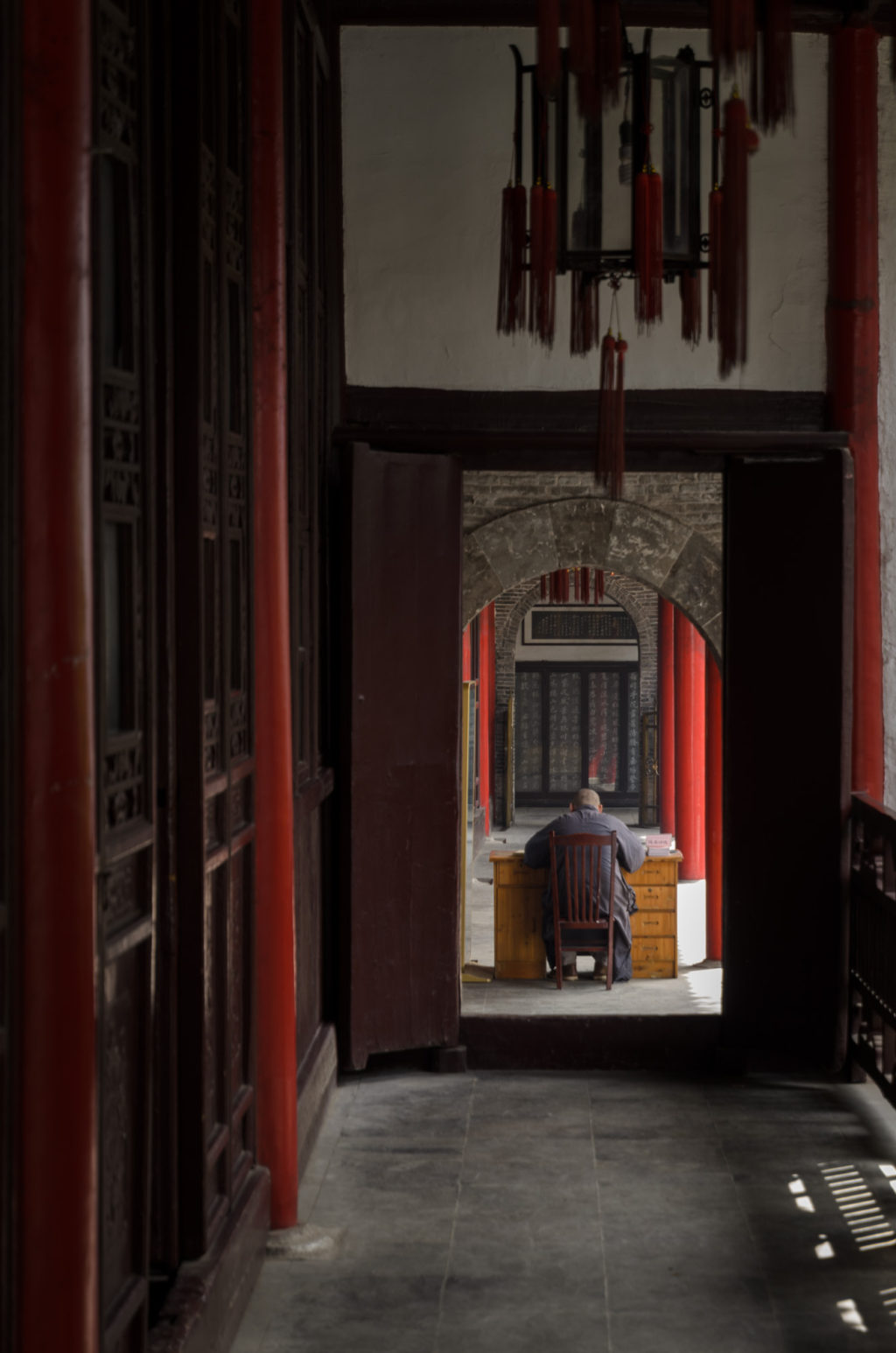
I caught sight of this monk working at a desk in the Daming Monastery in Yangzhou, China, and had just enough time to fire a few frames before he left and the shot was gone. Nikon D7000, Tamron 16-300@52mm, ISO 1000, f/5, 1/30 sec.
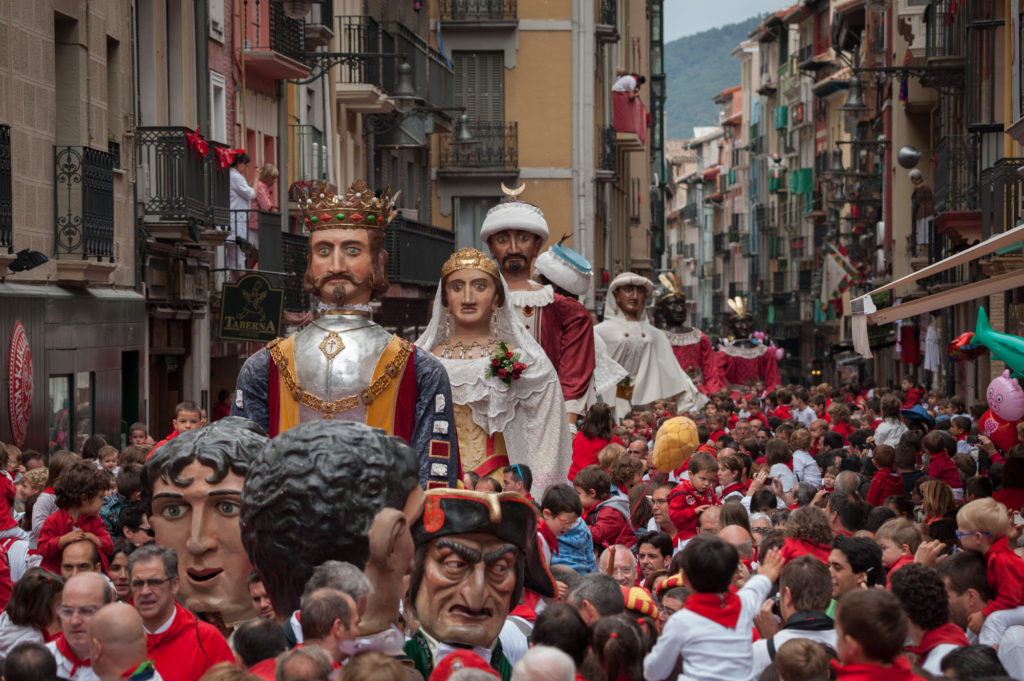
Most people know the Festival of San Fermin in Pamplona, Spain, for the running of the bulls but the same street is used at other times of the day during the festival for parades of giant figures of kings and queens, representing each continent. The Tamron 150-600mm zoom was used here to compress the scene. Nikon D700, Tamron 150-600@150mm, ISO 1600, f/8, 1/800 sec.
Resource Travel: How do you try to inspire budding photographers and travelers through your story telling?
I definitely do whatever I can to inspire people to travel. I think that by seeing more of the world, you very quickly see that your own way of life isn’t the only way of life, or necessarily even the best way of life. You become more tolerant of others and realize that there are many ways to live your life and be happy.
I’m not so sure that the general public needs much inspiration when it comes to photography. It seems that everywhere I go, people are seeing the world through their phones and tablets. They are taking pictures everywhere. I think that’s great if it really is something you’re interested in and it increases your enjoyment of a place, but I worry that some people are never really “present” because they are so focussed on their devices.
For those that really do want to learn photography and improve their photos, there are infinite resources available online these days and nothing is better than seeking out others with similar interests and sharing ideas and opinions. I have a group of friends that shoot together informally from time to time. It’s fun to show the images to each other afterward, but even more, fun to see how the others saw the same place in a different way.
I have taught photography and Photoshop at the college level in the past and have also found that to be a mutually beneficial experience. I think I learn at least as much from seeing how the students approach their work as they learn from me.
Sharing your images either through publication or some other source like Instagram is also a good way of connecting with other photographers. You can always learn the nuts and bolts of photography and be a technician, but looking at others work and getting their reaction to yours is a great way of growing the creative side of the process. Not to copy others directly, but to find inspiration and ways of approaching a subject that you might not have thought of otherwise.
I’ve just recently joined Instagram (@michaelcsnell) and have enjoyed seeing which images get the most response. I post images from my back catalog most of the time, but switch to “live feeds” when I’m on a trip where it’s applicable (you can tell the two by their borders — white for old photos, black for live feed). As long as I’ve been a photographer, I’m still surprised by some images that really seem to resonate with people. It’s not always the ones that I expect.
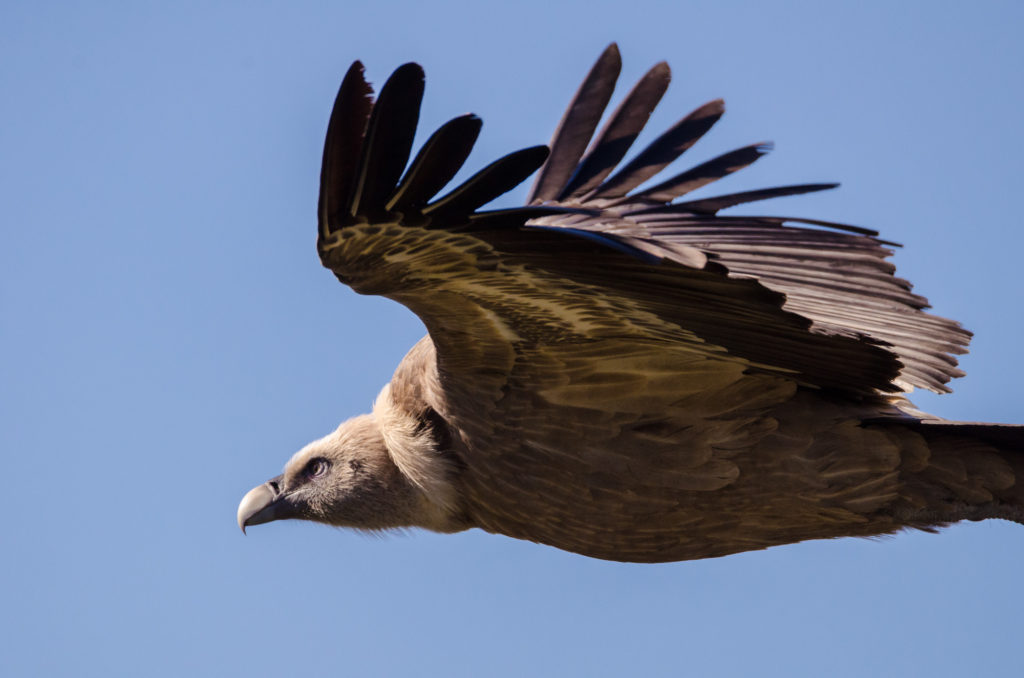
While photographing raptors with a group of birders in the Extremadura region of Spain, I needed the reach of the Tamron 150-600mm zoom lens to get in close to these magnificent birds. The vibration control is excellent for shooting hand-held in situations like this. Nikon D700, Tamron 150-600@600mm, ISO 1600, f/8, 1/3200 sec.
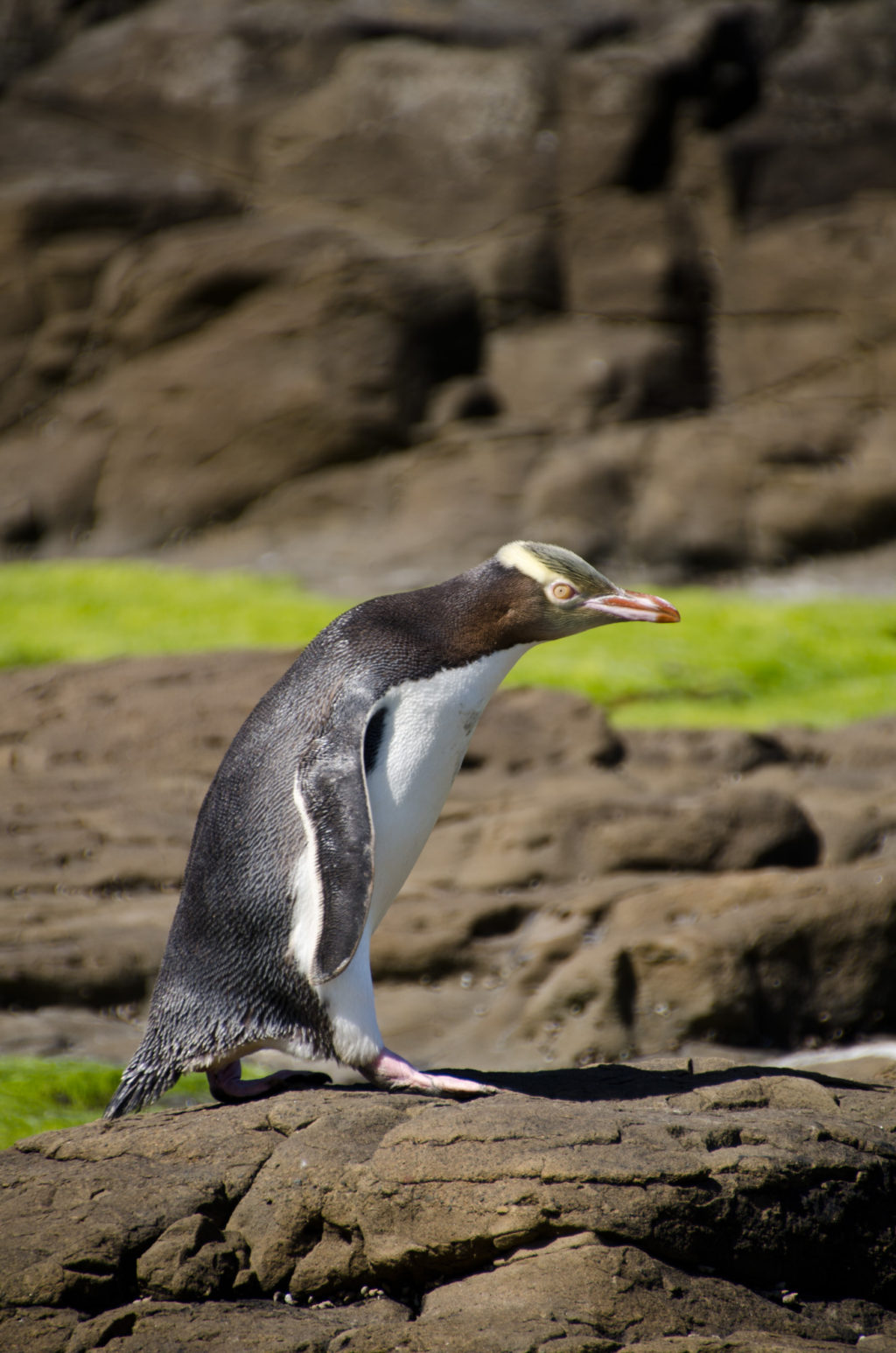
A fortunate happenstance. I was photographing petrified logs on a New Zealand beach when this rare Yellow-Eyed Penguin popped out of the brush and walked past me on the way to the South Pacific. I was happy to have the Tamron 16-300 zoom handy for this, as I was otherwise shooting very wide-angle and needed the telephoto reach to get this guy full-frame. Nikon D7000, Tamron 18-270@270mm, ISO 100, f/6.3, 1/500 sec.
Resource Travel: Now that your winter hibernation is over, what’s next? What adventures await you in the second half of 2016?
I’ll be going back to Spain in July — this time to the northwestern part of the country in Galicia. Spain is always amazing and I’m really looking forward to seeing what this region holds.
In the fall I’ll be attending the annual convention of the Society of American Travel Writers in Wenzhou, China. I serve on their Board and it’s a great opportunity for me to talk with other people who do what I do, or are in a related field. Living in Kansas, I’m fairly well isolated from other travel journalists so I like to have a chance to learn what other people are doing to expand their business. A fair amount of exploring will be built into the itinerary as well, so I’m looking forward to seeing more of China.
In between, I’ll be doing lots of regional travel and photography. Beyond that, I’ll just see what opportunities I can find. My passport is always close at hand.
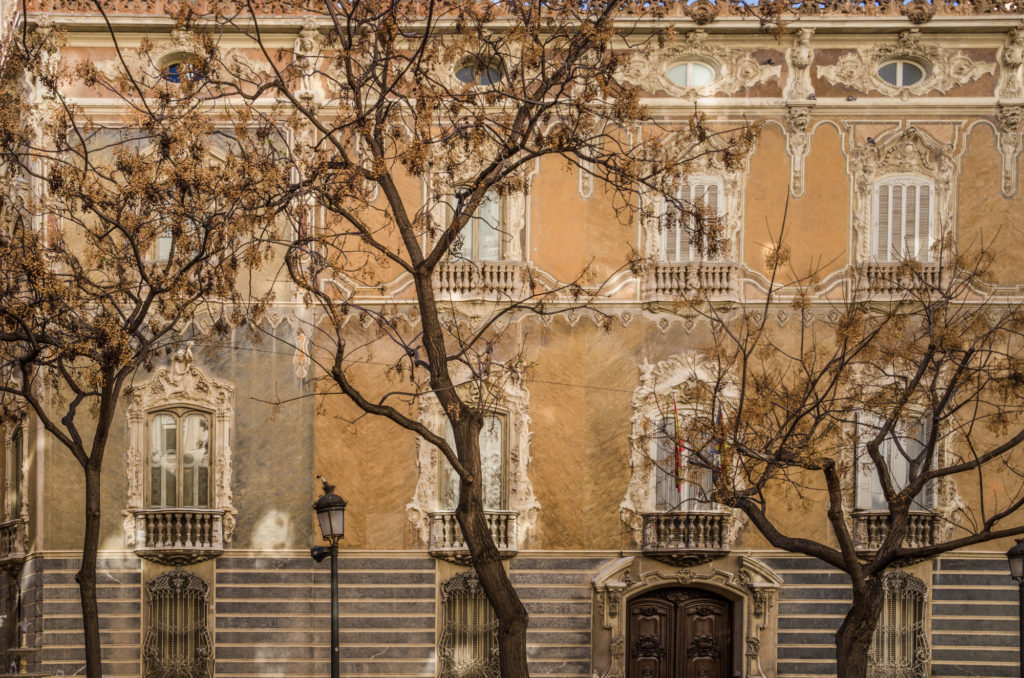
Nikon D7000, Tamron 16-300@22mm, ISO 100, f/7.1, 1/60 sec. Sometimes you don’t need to show an entire building. Just a swath of color and texture can be enough to communicate the feeling of a place. This facade was photographed in Valencia, Spain.
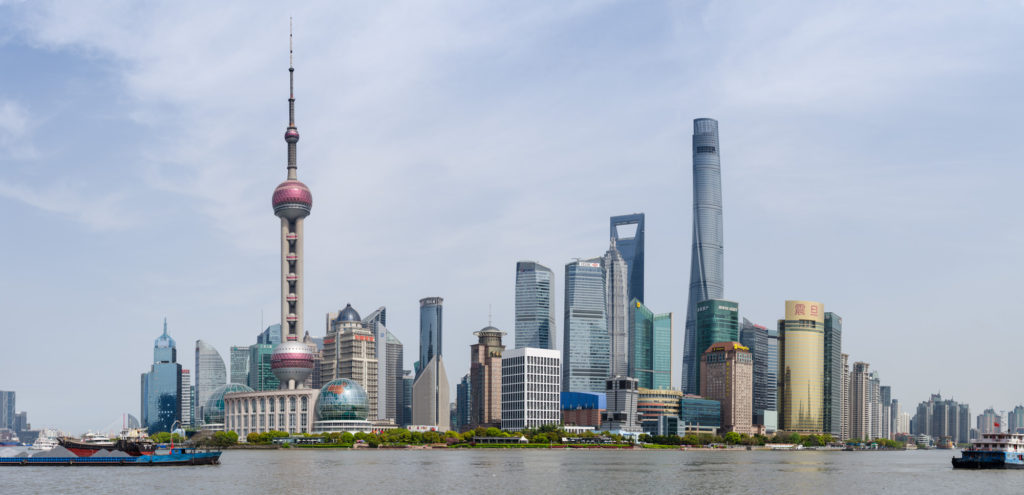
The skyline of Shanghai, China’s Pudong district is unmistakable, thanks to the futuristic Oriental Pearl Tower on the left. The tall building on the right is now the second tallest in the world. I stitched this image together from seven frames to create one large, highly-detailed file. Nikon D7000, Tamron 16-300@38mm, ISO 100, f/9, 1/250 sec.
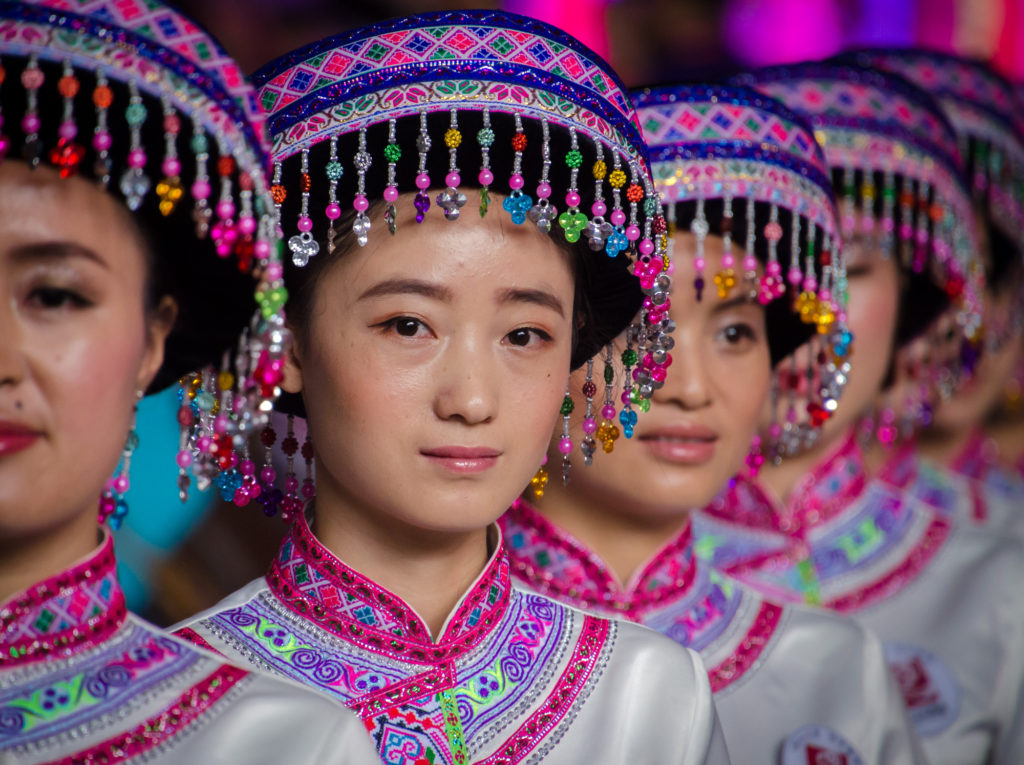
Servers in Miao dress greet lunch guests at a meal served inside the mouth of an enormous cave in the Sichuan Province of China. Nikon D7000, Tamron 16-300@300mm, ISO 2000, f/6.3, 1/60 sec.
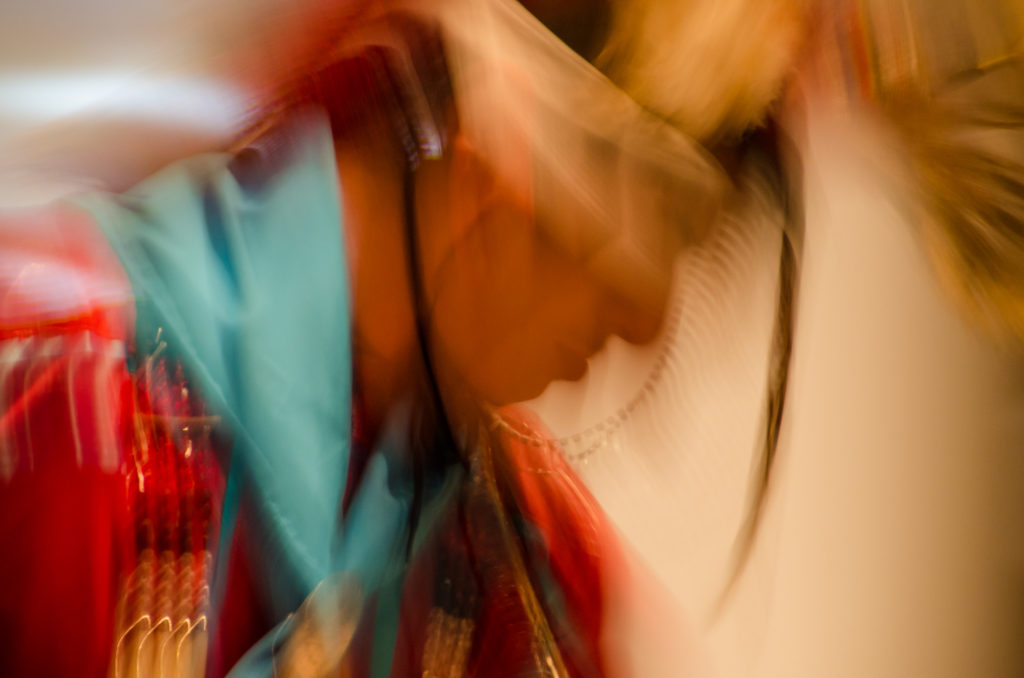
Sometimes you have a great subject in a not-so-great setting. This Native American dancer was performing in a hotel ballroom so I zoomed in tight and used some blur to show action and to de-emphasize the background. Nikon D7000, Tamron 18-270@270mm, ISO 800, f/7.1, 1/5 sec.
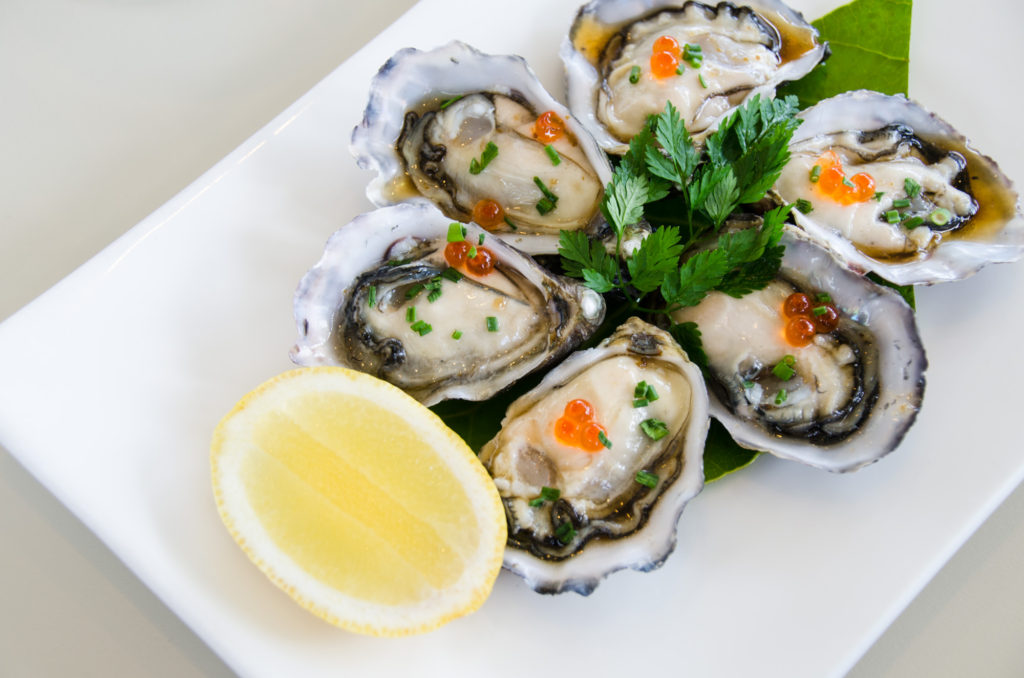
Travel photography isn’t all about landscapes and historic villages. Photos of food and other details can lend a great deal to the story of what makes a place special. These oysters were photographed at a winery restaurant on Waiheke Island in New Zealand. Nikon D7000, Tamron 18-270@46mm, ISO 100, f/4.8, 1/80 sec.
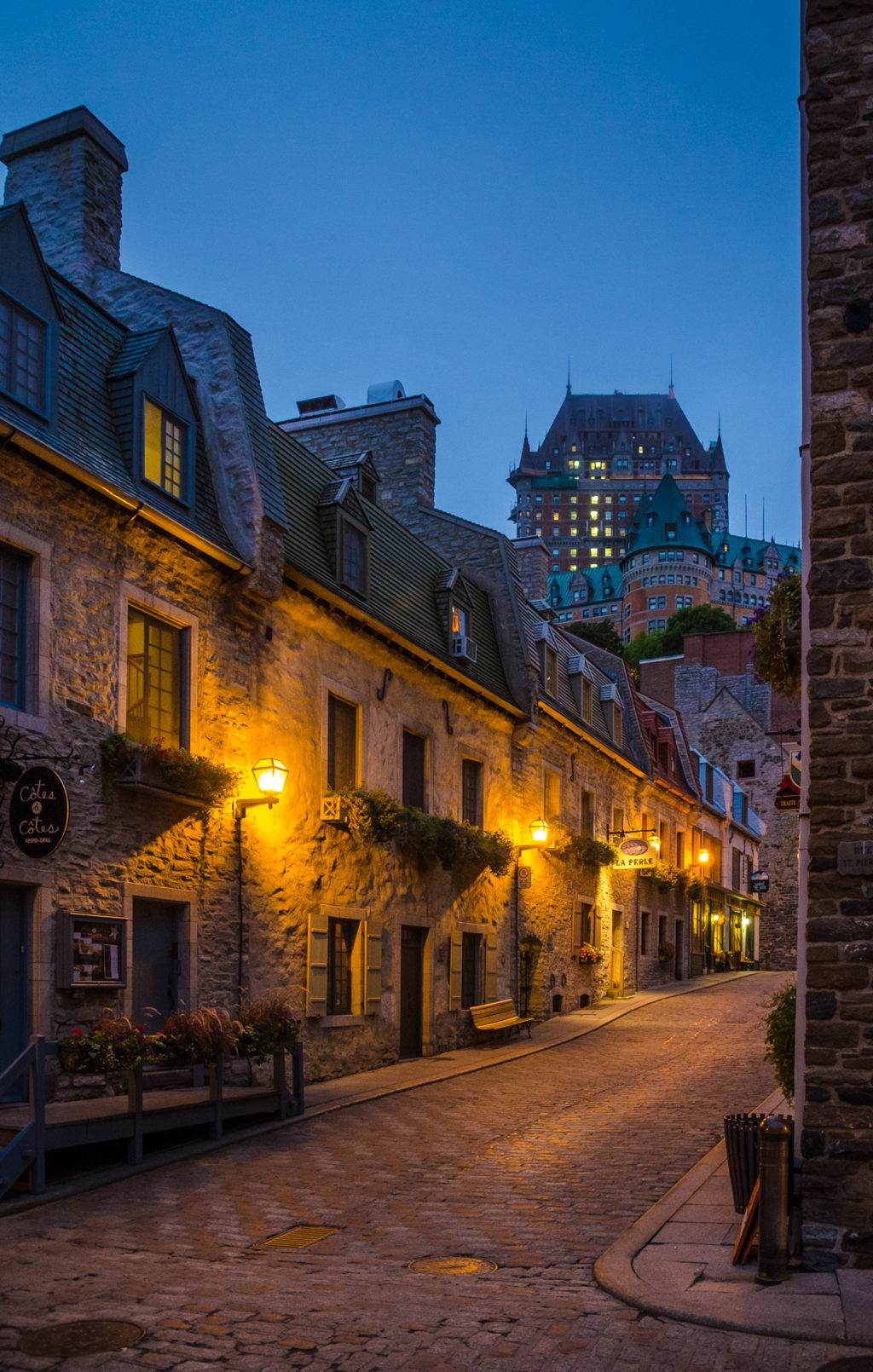
I just don’t think you can beat the predawn and post-sunset hours for the combination of cobalt blue skies and the warm color of tungsten lighting. This scene in Quebec City in Canada was well worth getting up early for. Nikon D7000, Tamron 18-270@20mm, ISO 800, f/4, 1/30 sec.
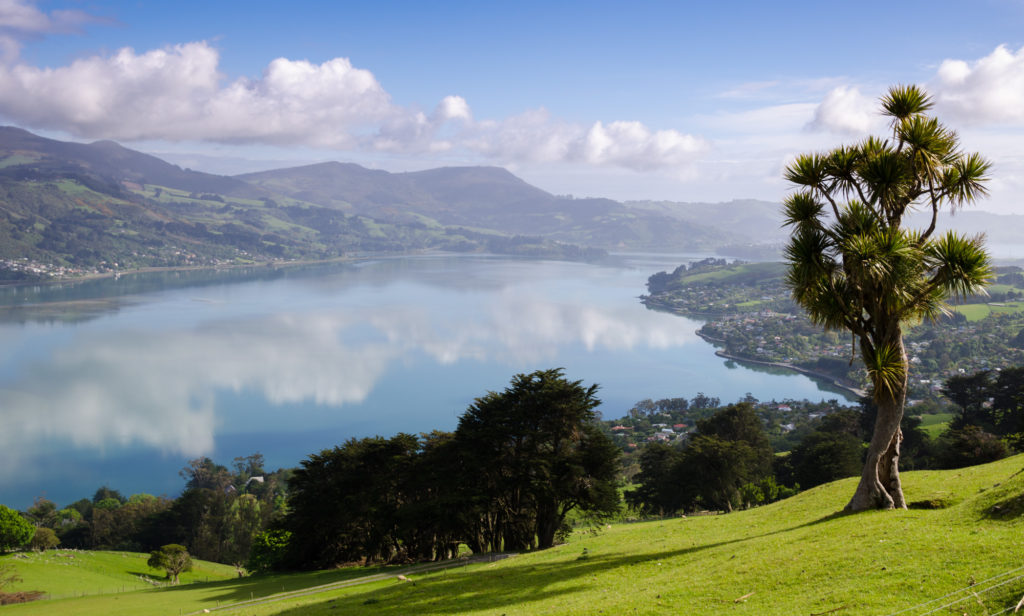
Nikon D7000, Tamron 18-270@27mm, ISO 100, f/7.1, 1/400 sec. This was not an intentionally planned shot, but one that just appeared as I was on my way to New Zealand’s only castle on the Otago Peninsula, South Island. Sometimes you just have to stop the car.

